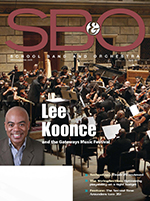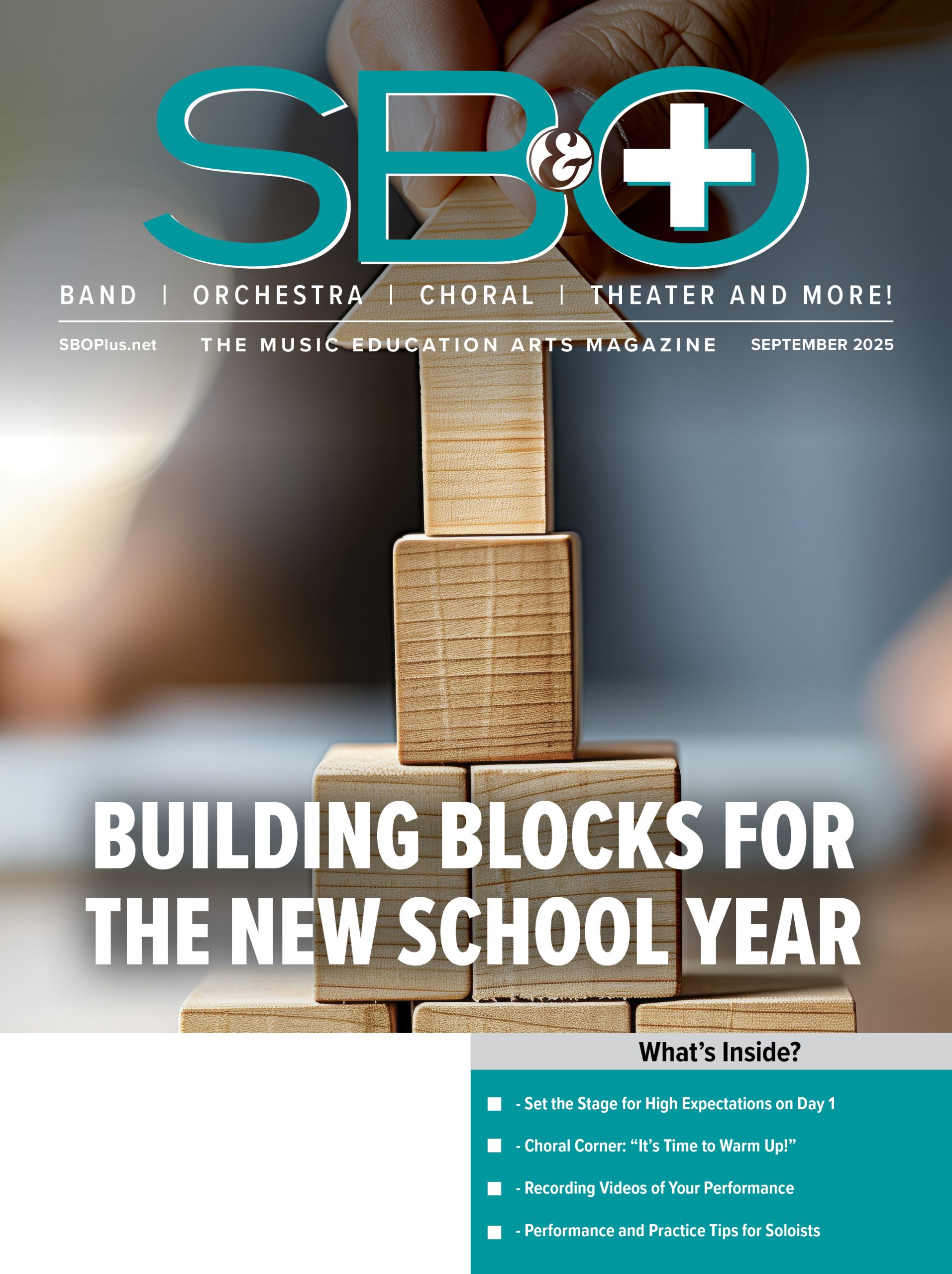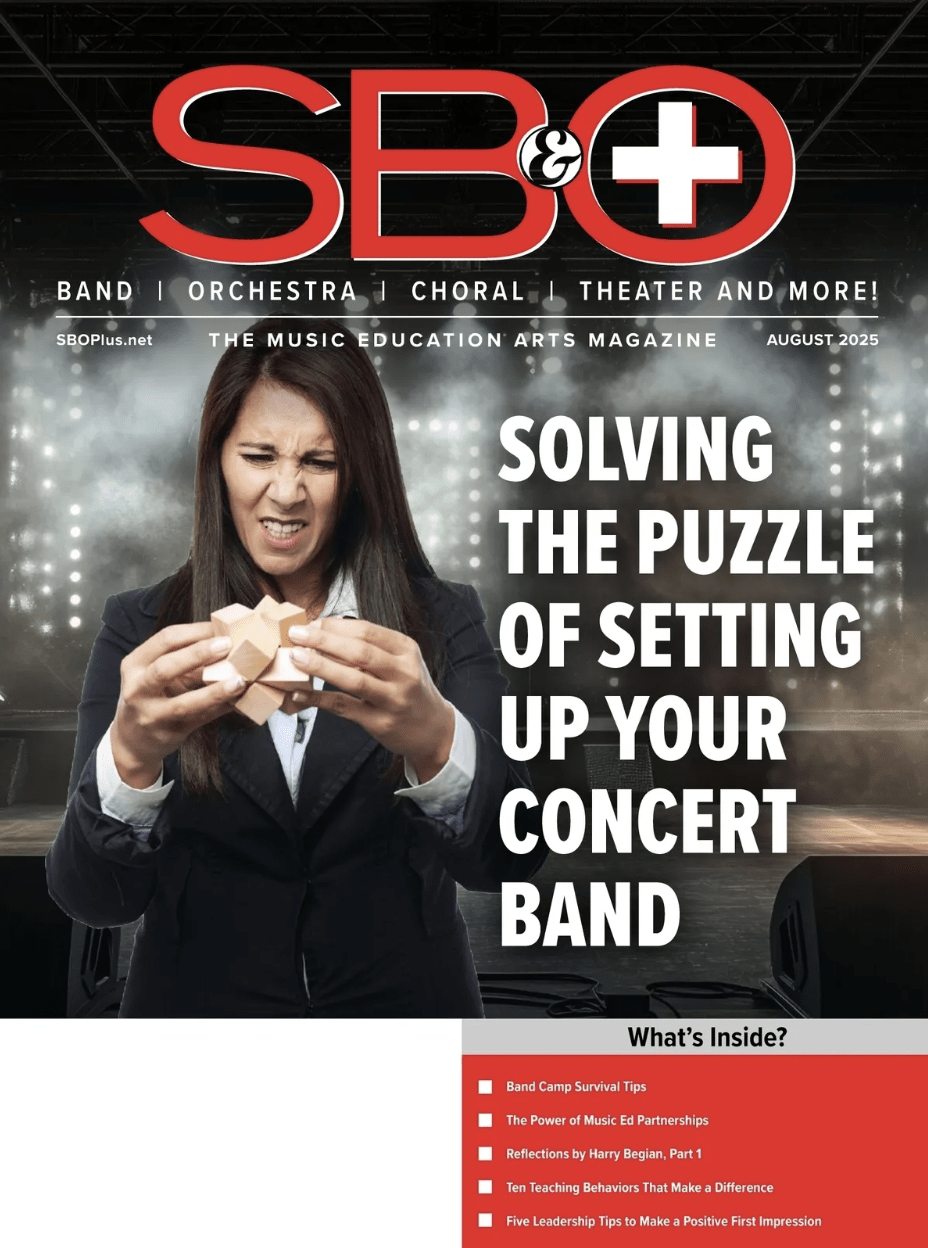You’ve probably thought many times that all you wanted to do was to make a quick recording of one of your ensembles, so how hard could it be?
After all, there are plenty of cheap and easy recording devices that have at least a reasonable quality level (your smartphone being one of them). So, you made the recording and were shocked at how badly it came out, right? It sounded nothing like what you heard in the room, I bet. Let’s look into why that happens, and how we can make a better recording next time.
First of all, I’m not going to even discuss gear. It varies in quality from okay to great, but even if you have a couple of top of the line vintage Neumann mics and a high-end Sound Devices field recorder like the pros use, you can easily end up with just about the same result that you might be getting right now with your iPhone.
That’s because the secret isn’t in what you’re using, but how you’re using it. There are two steps to this: recording levels and capture device (either your mics or anything with a mic in it) placement. Let’s look at these more closely.
Levels
One of the things that lead to poor sounding recordings is recording too hot. Usually there’s some sort of a meter on the recording software that you’re using and that’s where we’ll start.
1. Have the ensemble play the song at the point that they’ll be the loudest.
2. Set the meter so it reads around -10dB.
3. Under no circumstance should the red overload indicator ever light.
4. Make sure that anything with a loud peak like a cymbal crash or high trumpet notes peak the meter at around -10.
Now you might be thinking, “I always thought that the closer we get to 0dB, the better.” There was a time during the very early years of digital recording that might have been true, but only because the recording would be less noisy with a hotter signal (the same as analog). Today, digital recording no longer has that particular problem so hot recordings don’t gain anything in this area. What does happen as you get closer to zero is that the analog circuitry in your device will generally perform worse (especially with cheap gear or a phone), so leaving lots of headroom by not recording as hot cleans up your recording like magic.
Placement
By far the biggest impediment to a great recording is microphone placement. You can’t just set up your recording device wherever is convenient and expect it to sound like where you’re listening from.
Here’s the easy cheat sheet:
• The more reflective the room, the closer you want to get the mics to the ensemble.
• The drier the room, the further you want them to be from the ensemble.
A reflective room is one that you can hear an echo when you talk, like a gymnasium or locker room. Many classrooms are very reflective as well. Clap your hands. Can you hear a short echo right afterwards? Then you have a reflective room that will mess with your recordings. In future articles I’ll talk more about acoustic fixes, but for now, it just means that your recording device (or microphones) has to be closer to the ensemble to mitigate those reflections.
Many times the best place is exactly where your head is. If you can place the device in the general vicinity, you might record exactly what you need. Other times a placement right over the ensemble with get the best results, although that gets a lot more finicky in the setup, as you need a “boomable” mic stand and a way to remotely start and stop the recording.
Remember that the height of the microphone or recording device makes a difference as well. Most times being above the ensemble at ear height when you’re standing is sufficient, but sometimes you need to be higher so you’re not in direct line with bells of the brass. In that case you want to be slightly above them, shooting down a little.
If you need more low frequencies on the recording, try lowering the recording device closer to the floor. This takes some experimentation to find the exact placement, but usually the lower you go, the more you’ll pick up the lower frequency instruments too. Remember that there are tradeoffs here as you also might be in the direct line of kick drums, sax bells, and guitar amps, which may overpower the balance of the ensemble.
After all this, you might be wondering what pro engineers do, and it’s just what’s described above. First make an educated guess, then experiment from there. You might get lucky right off, but chances are it will take a little time to find just the right spot, so don’t get concerned if you can’t dial it in right away. We all feel proud if we get something usable on the first try, but that doesn’t happen often, and here’s why.
Every song, arrangement, players involved, instruments they use, and recording environment is different, so even if you hit on something that works with one ensemble in one room one day, it might not work the next. That’s all part of the recording game. It’s a target that’s always changing – the key is to not be frustrated by it. Just continue to experiment, and soon you’ll have recordings that you’ll be really happy with.
Producer/engineer Bobby Owsinski is one of the best-selling authors in the music industry with 24 books that are now standards in audio recording, music, and music business programs in schools around the world, Visit Bobby’s website at bobbyowsinski.com.


























